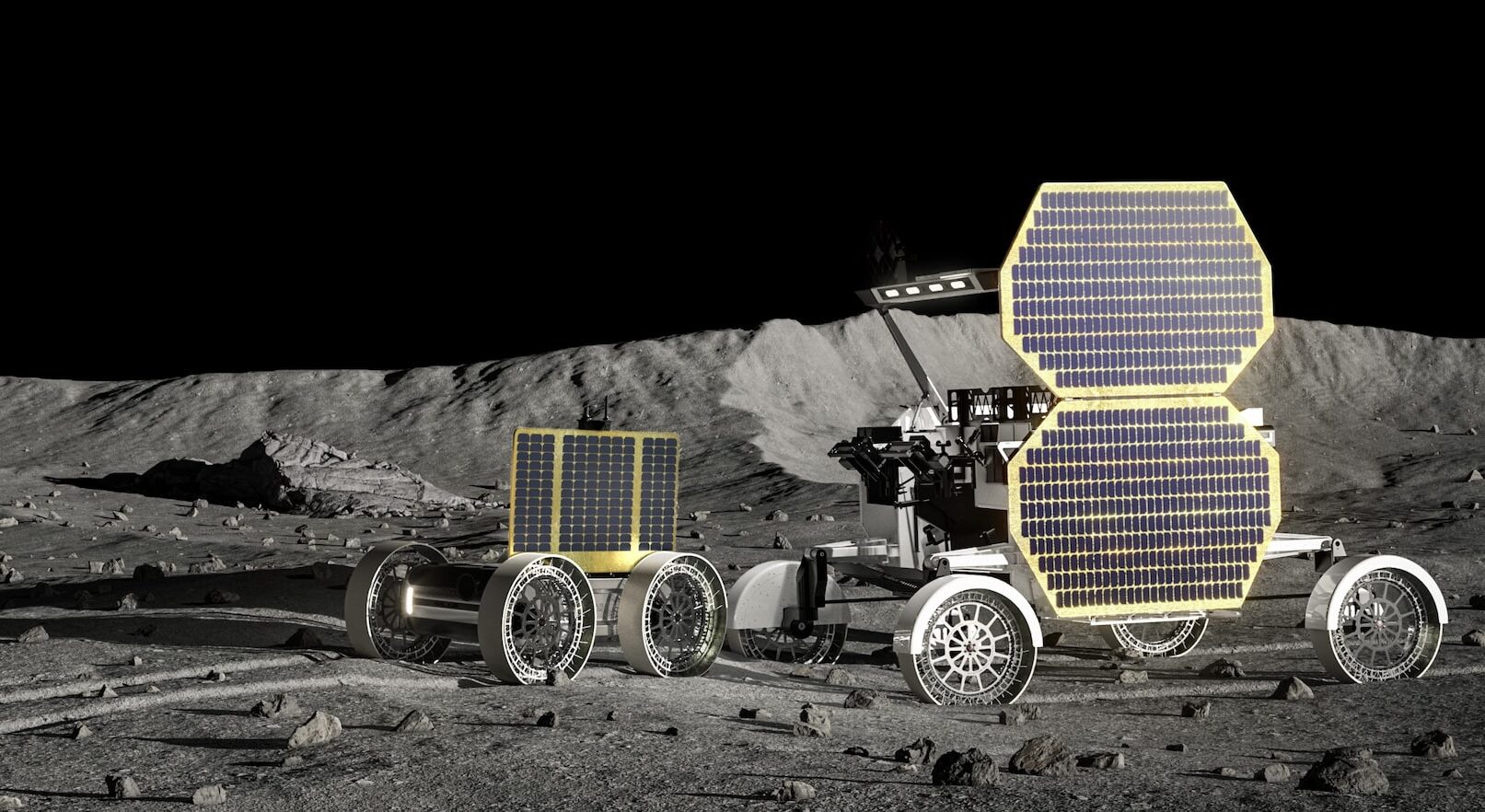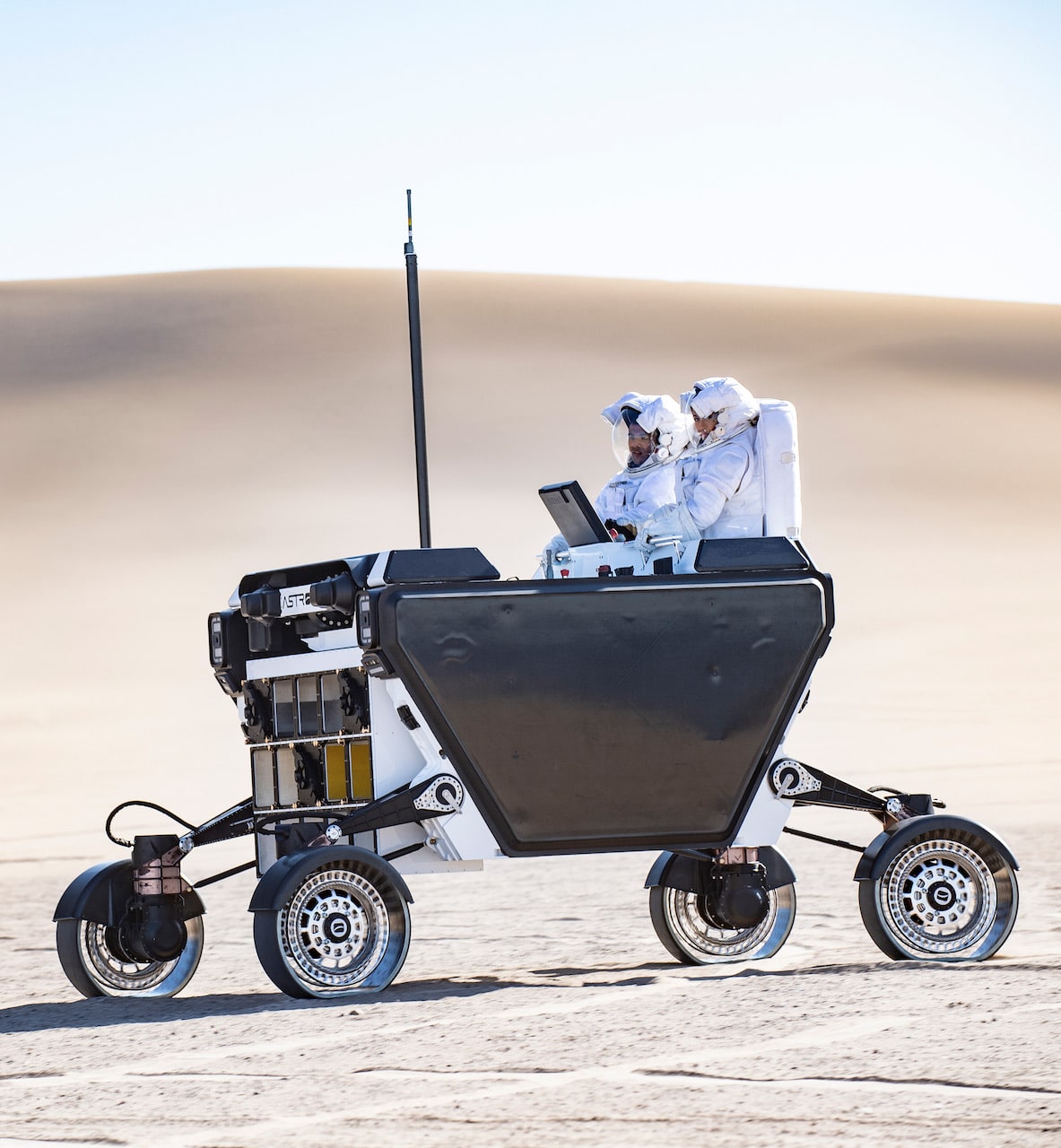
EU Programme
To support the ESA’s projects, and because mobility on the surface of other celestial bodies is already a major challenge for the coming decades, Venturi Space (Monaco, France and Switzerland) is getting ahead of the curve – by building an advanced rover – MONA LUNA.
Venturi creates the first European astromobile
Objective: to explore the lunar South Pole from 2030
Venturi Space is keen to forge a partnership with the ESA, by providing a comprehensive LTV service that includes everything from designing to operating the vehicle.
Venturi Space is building on its real-world experience acquired with the rover created by its strategic US partner Venturi Astrolab, Inc. for which it designed the wheels and batteries.
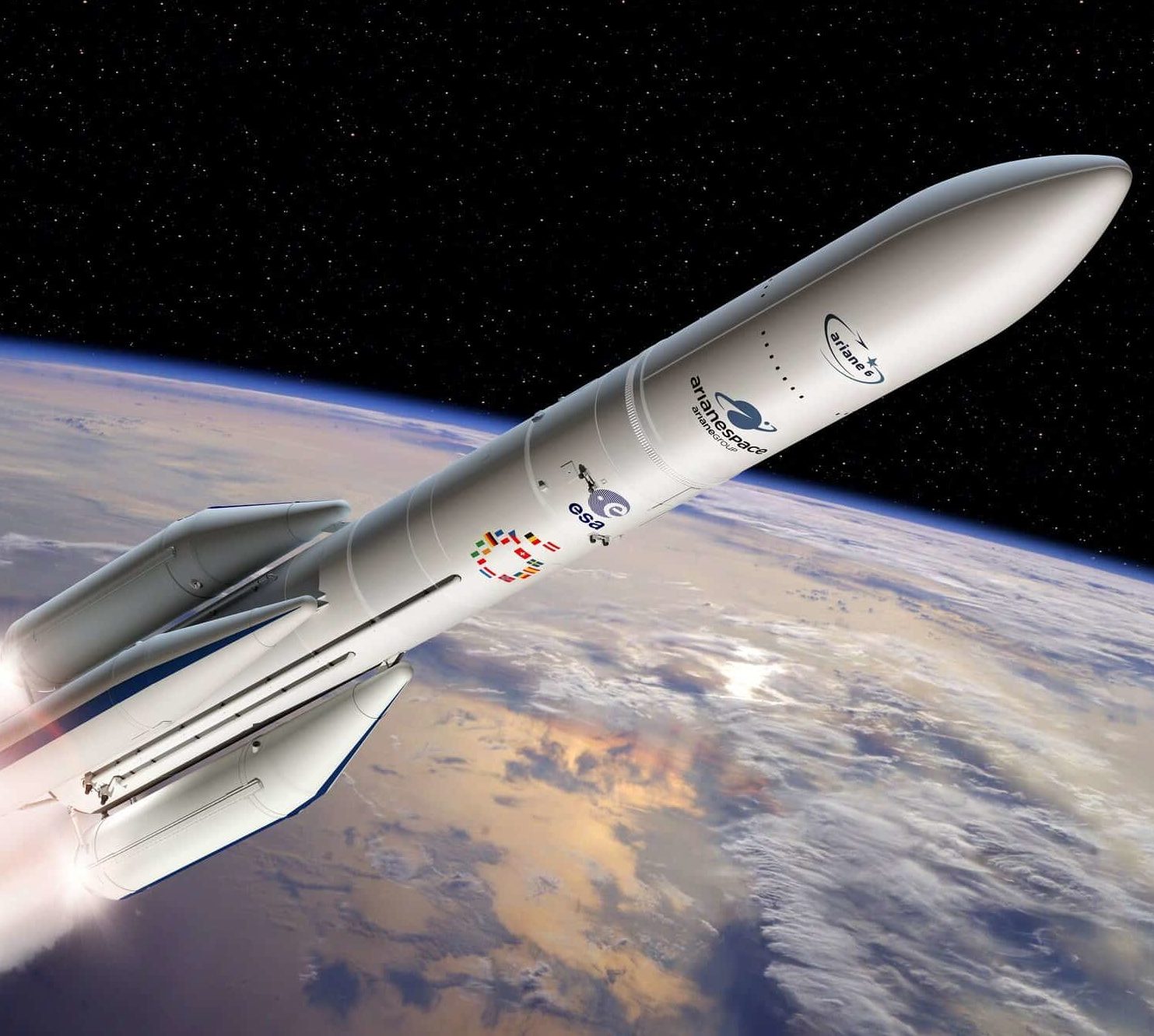 Illustration in flight
Illustration in flight
Re-
inventing
lunar mobility
The European Space Agency has three stated objectives:
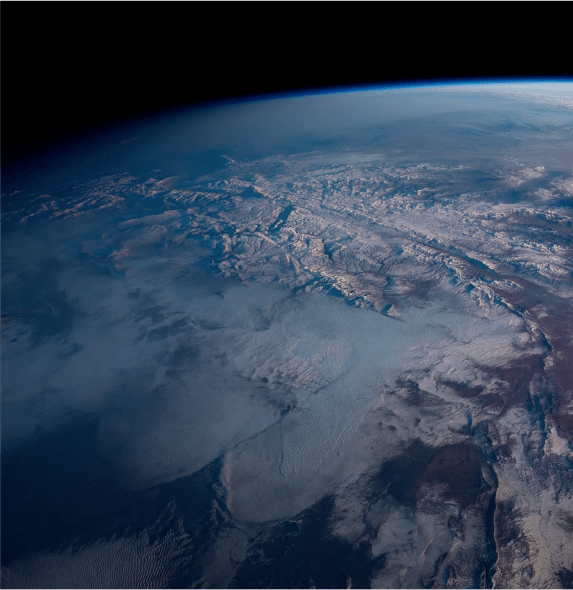
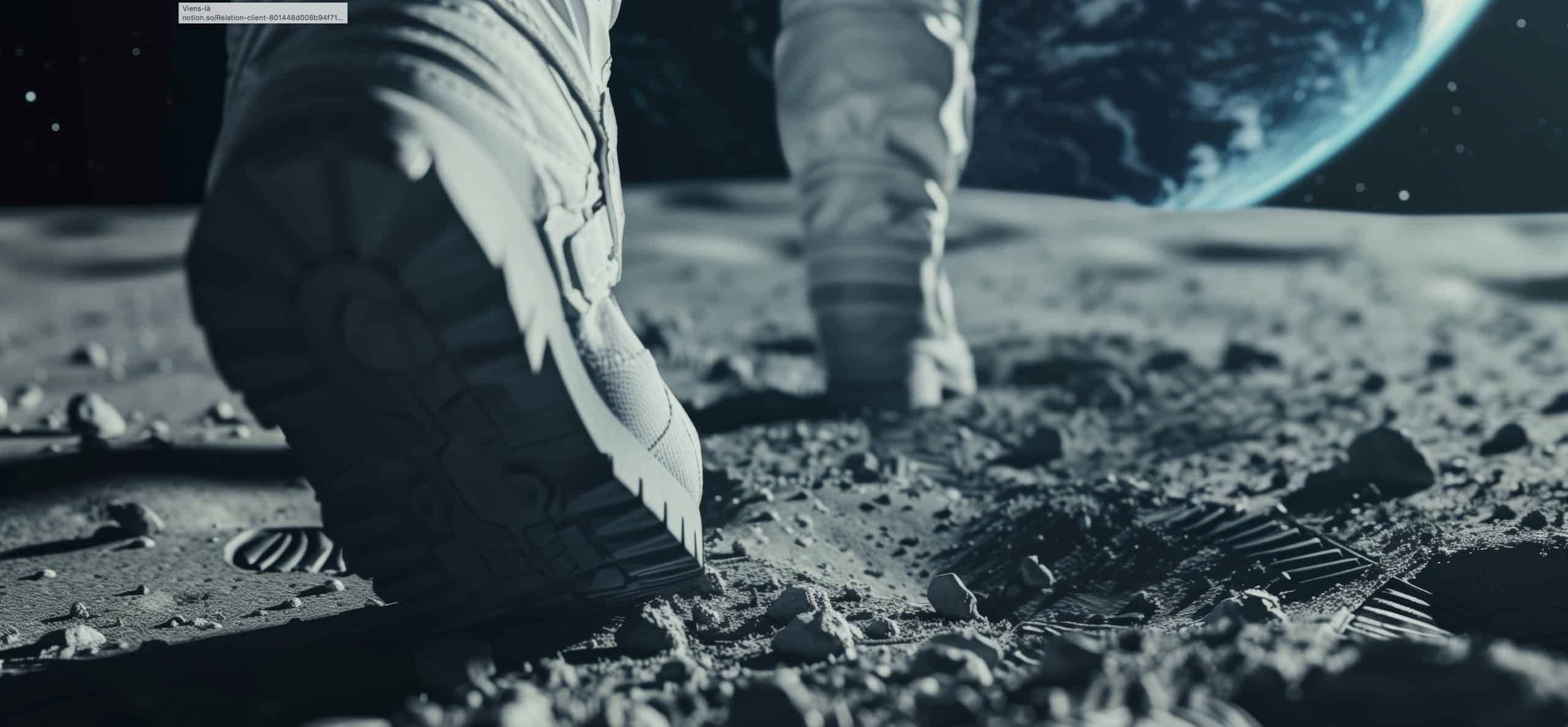 Screenshot
Screenshot
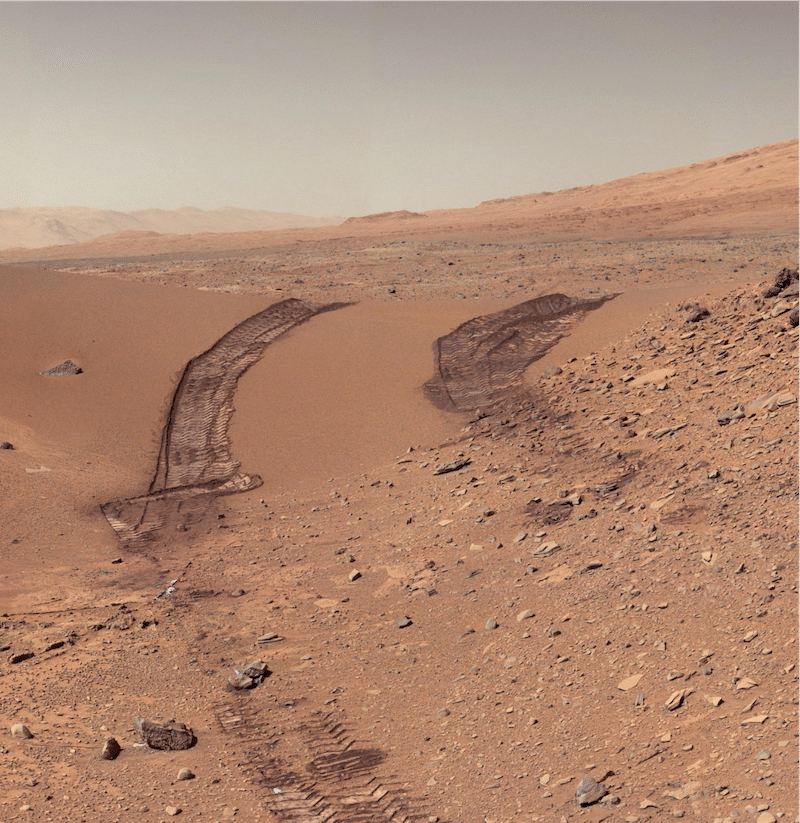
The vehicle’s required capabilities
 while solar radiation and magnetic storms create a captivating display of cosmic energy. Ai Generated
while solar radiation and magnetic storms create a captivating display of cosmic energy. Ai Generated
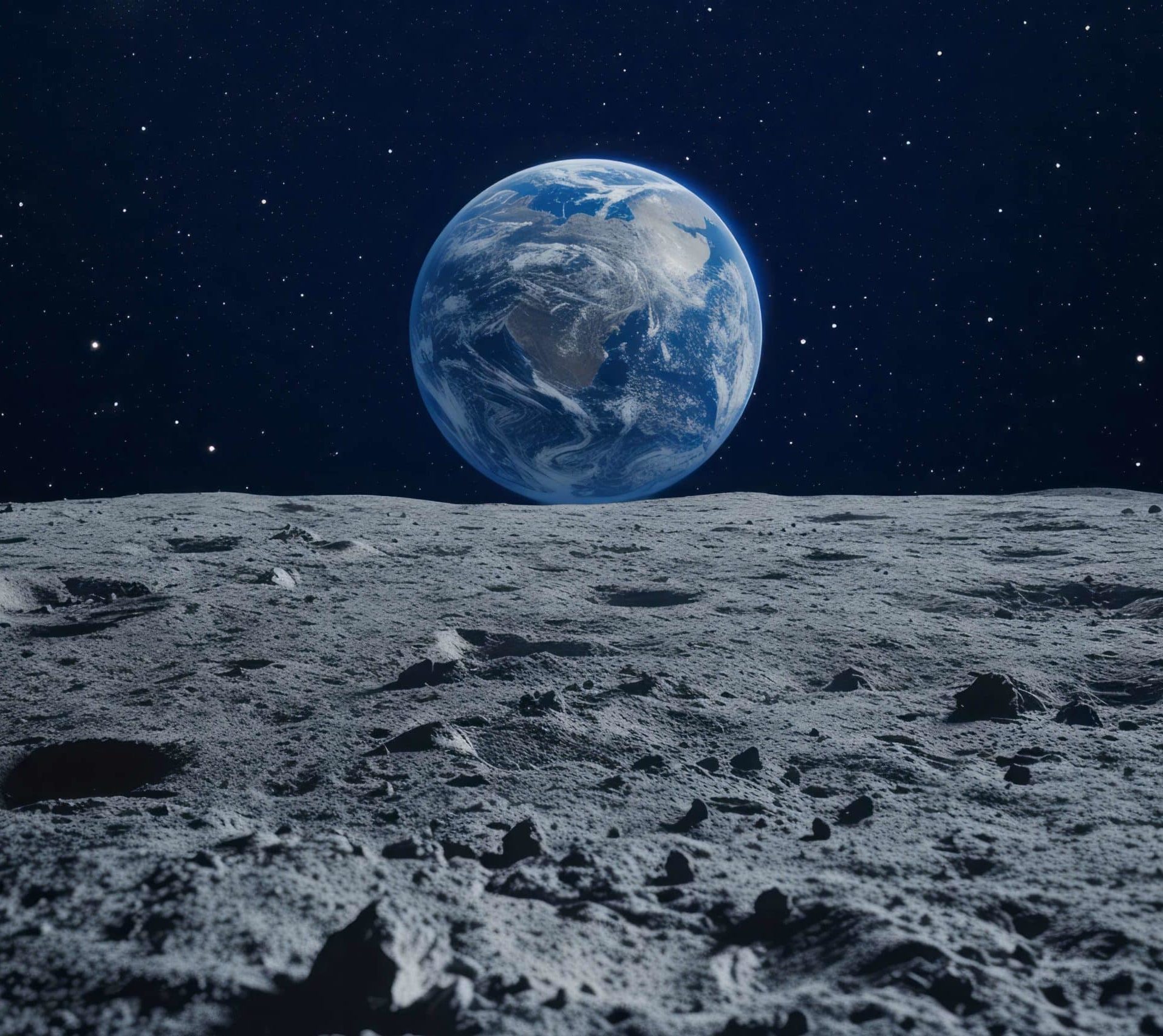 Earth view from moon surface
Earth view from moon surface
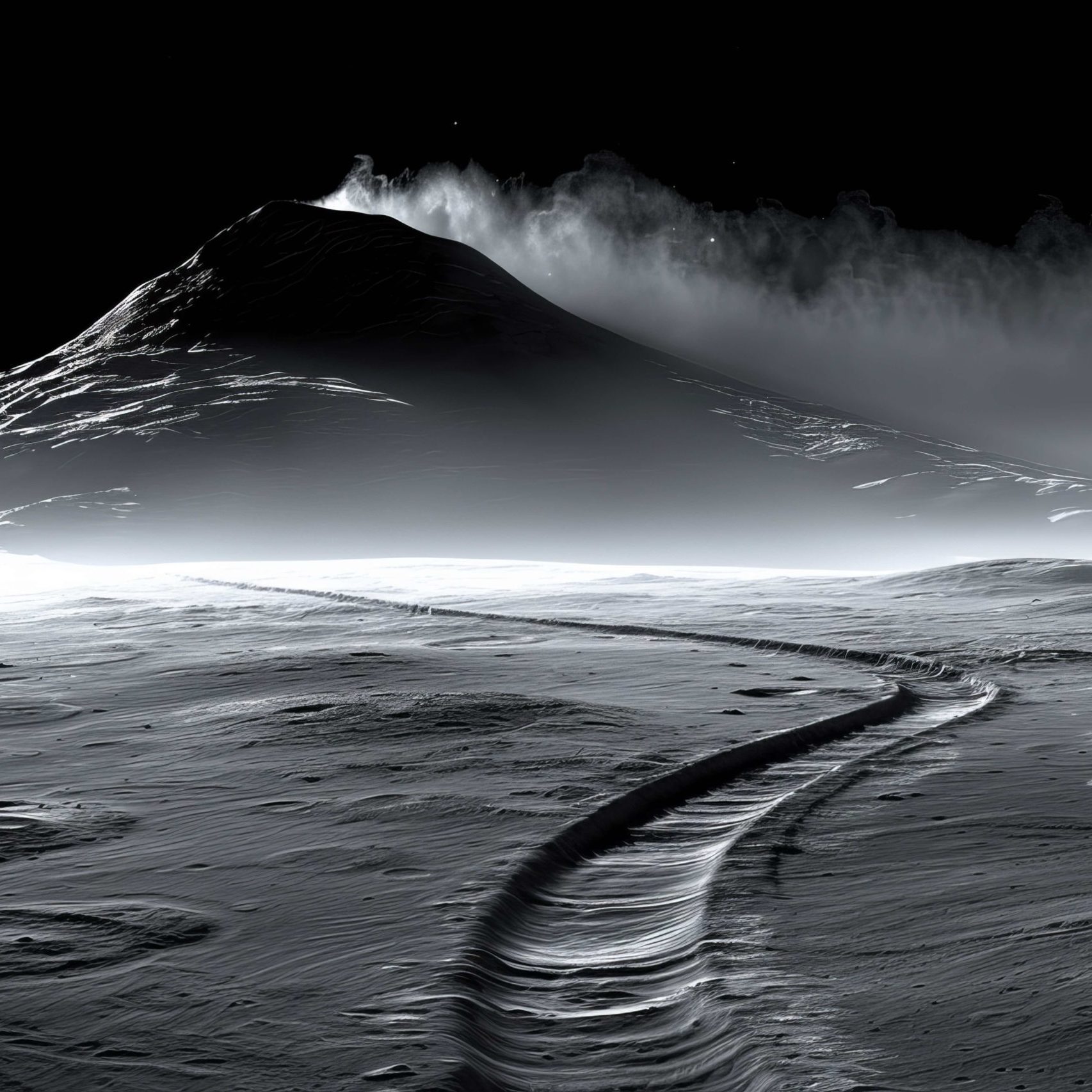 Close-up of the icy rings of a terrestrial planet --chaos 80 --ar 3:2 --stylize 750 Job ID: 08eb08c9-ea53-4e52-8da9-bdf5c6016dc6
Close-up of the icy rings of a terrestrial planet --chaos 80 --ar 3:2 --stylize 750 Job ID: 08eb08c9-ea53-4e52-8da9-bdf5c6016dc6
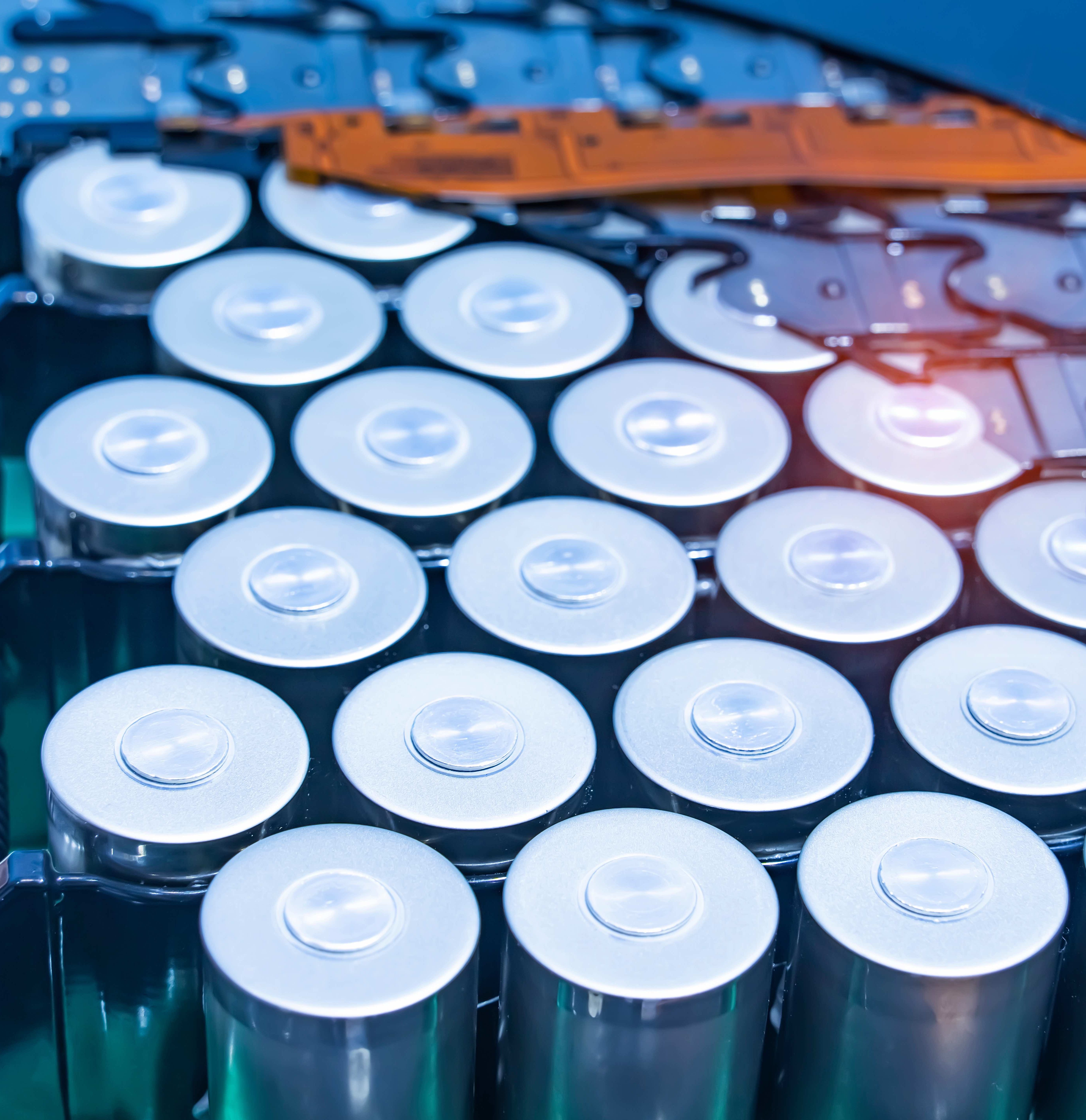 lithium battery pack module with bms available for electric car or storage power station
lithium battery pack module with bms available for electric car or storage power station
 Screenshot
Screenshot
Possible missions
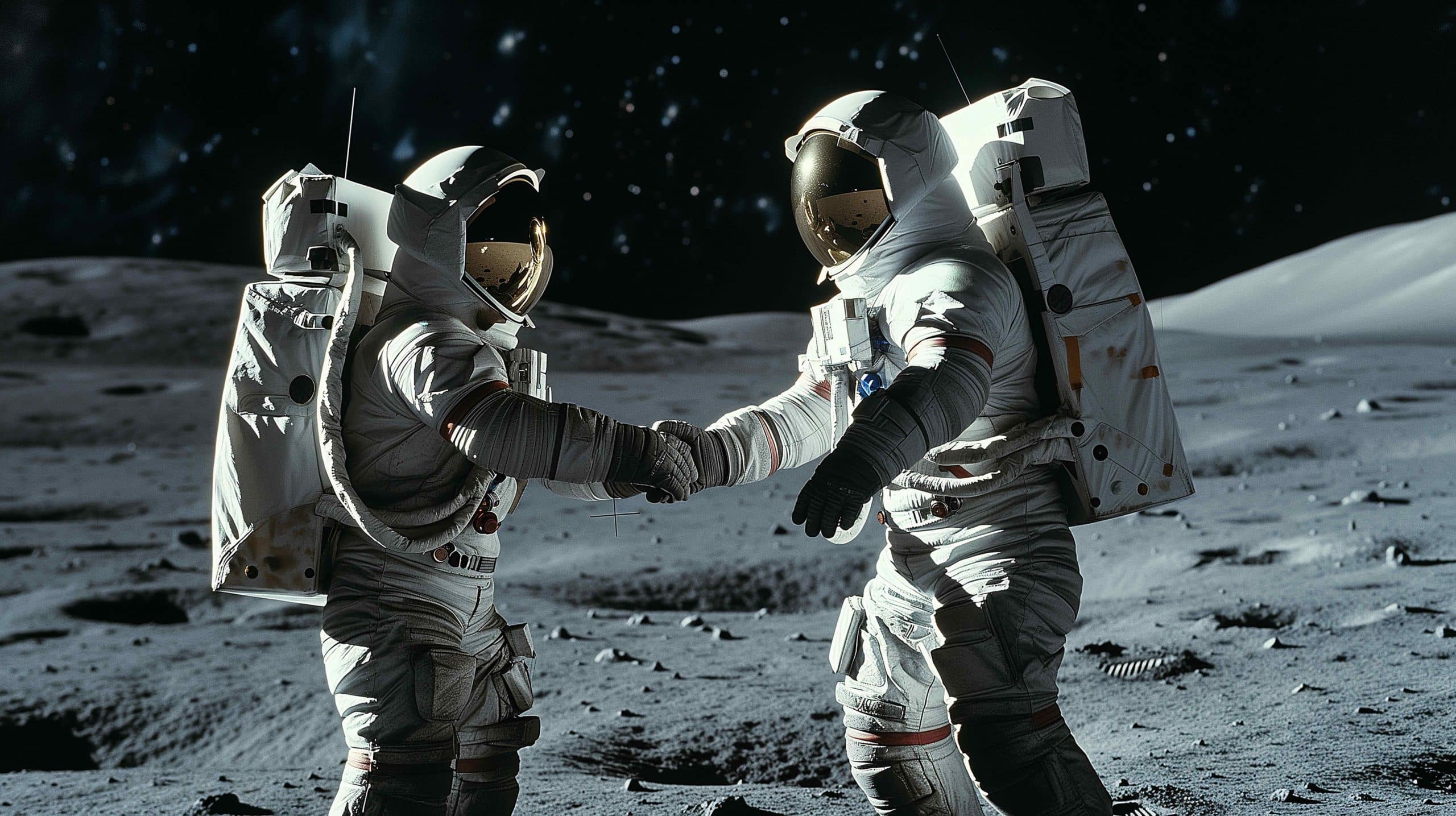 A handshake across space: astronauts symbolize global cooperation on the moon
A handshake across space: astronauts symbolize global cooperation on the moon
Study the composition and distribution of volatiles (hydrogen sulphide, ammonia, carbon dioxide, etc.).
Analyse the thickness and variations of the lunar crust.
Measuring the lunar atmosphere.
Study the dimension, composition and condition of the core.
Understand lunar water cycles.
Understand the origins of the Moon.
Understand lunar tectonics and seismicity.
